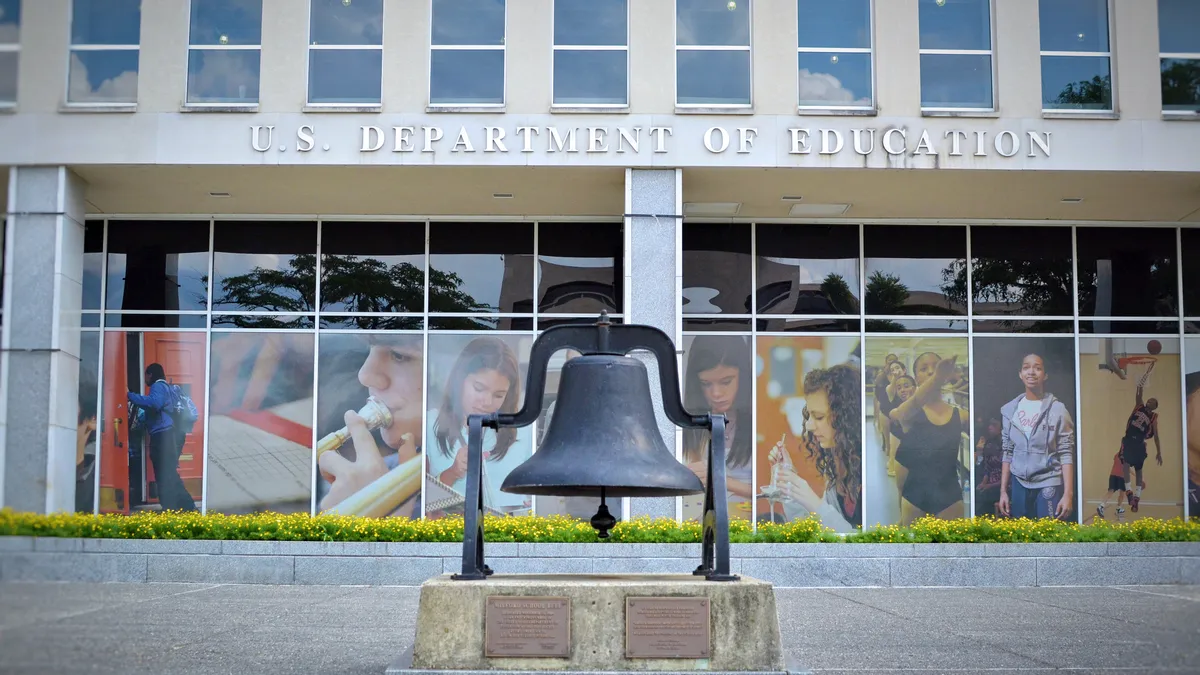Dive Brief:
- During the COVID-19 pandemic, most colleges advertised emergency financial aid for students widely and repeatedly online. But some students were still unaware of the help that was available, according to new research from the National Association of Student Financial Aid Administrators and NASPA, a higher education association for student affairs administrators.
- The research draws lessons from federal pandemic emergency relief funding to suggest improvements for any similar programs operated by colleges, states or the federal government in the future. Colleges should increase transparency around emergency aid processes by making funds' availability and eligibility criteria clear, and by explaining why applications are denied, according to a report on the research findings.
- At the state level, leaders should create emergency aid programs before they become necessary and add flexibility to current need-based programs to reach more students, according to the report. States should also give colleges technical assistance to help them get aid into students' hands.
Dive Insight:
In response to the COVID-19 pandemic, Congress approved three batches of emergency relief funding for higher ed totaling more than $76 billion. The U.S. Department of Education distributed the money to colleges through the Higher Education Emergency Relief Fund, or HEERF.
NASFAA surveyed its members in the first half of this year to gauge their experiences with HEERF funding. A majority of the 321 responding institutions, 60%, said they widely shared information on HEERF aid available to students, rather than targeting specific student demographics. Communication was largely digital, with 85% of institutions using email and 61% posting to their websites.
One-fifth of respondents said they used lessons learned from administering HEERF grants to improve an existing emergency aid program. Common enhancements covered application processes, student communications, and the timeframe in approving and disbursing funds.
NASFAA also surveyed students through member institutions, receiving 18,316 responses in March and April. Most respondents fit the profile of traditional college students — 69% were ages 18 to 24, some 83% were enrolled full time, and 79% had no dependents.
A majority of students who received relief funding reported using it for basic needs like food, books and housing. Around half of respondents, 53%, said the emergency aid allowed them to do better academically, and 41% said the aid allowed them to borrow less in student loans.
Nearly two out of every three students got emergency financial assistance from their colleges during the pandemic, averaging $1,000 to $2,000, according to the report. Four in five students reported getting the aid quickly enough to be helpful, and 61% said the amount was enough to meet their needs.
While 56% of students said their funding came from HEERF, one-third did not know who was funding the assistance.
A lack of awareness about the funding may have hampered its distribution.
Half of students who didn't apply for any type of emergency assistance said they were not aware it was available, according to the report. And 62% of those who applied but were turned down said they didn't know why their application was denied.
Campus leaders should prioritize knowing how students' needs change and follow up to learn about their experience with the emergency aid process, according to the report.













